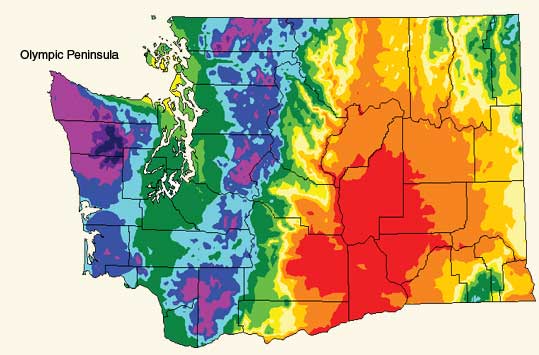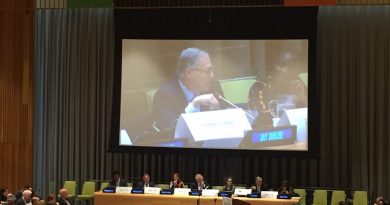Climate Change and the West
As drought plagues the Southwest and storms batter the East you may be wondering why Washington has been left out of these extreme climate shifts. In 2013 the Seattle-Tacoma area had nine days of thunderstorm weather. Whereas in East Coast cities like Chicago and D.C. there were more than 30 days of thunder according to the National Climate Data Center (NCDC). In addition, the East has been experiencing record low temperatures for the year.
So why aren’t these temperatures or thunderstorms hitting Tacoma? Well we can finally thank our cold weather for a change. The cold air protects us from thunderstorms as they need warm, unstable air to form. Our proximity to the northern Pacific Ocean acts as a huge barrier for most thunderstorms attempting to form. But what about droughts and high temperatures?
We all know that Washington is one of the rainiest states in the country, but this may not always be something to frown at. Water has a high specific heat, which means it takes a lot of energy to heat it up. Washington’s many sounds and channels give it a unique climate. With so much circulating water close to us we experience some of the mildest temperatures on the West Coast. This explains the mild weather, but why do we have all this rain that Washington is so iconic for?
This is due to the Rain-Shadow effect. According to National Geographic’s web page, when prevailing winds push wet air up against the Cascade Mountains. The air is forced up higher where it expands and cools. This air can’t hold as much water so it falls on Washington as rain. This is why Washington is home to a temperate rain forest.
The Rain-Shadow effect has been protecting us for years now. Every time climate change hits the South or the East we shrug our shoulders and ask what all the fuss is about. So next time when its pouring down rain on a weekend you might not be happy, but you can be thankful we aren’t hit with the droughts of the plains or the storms of the East.






